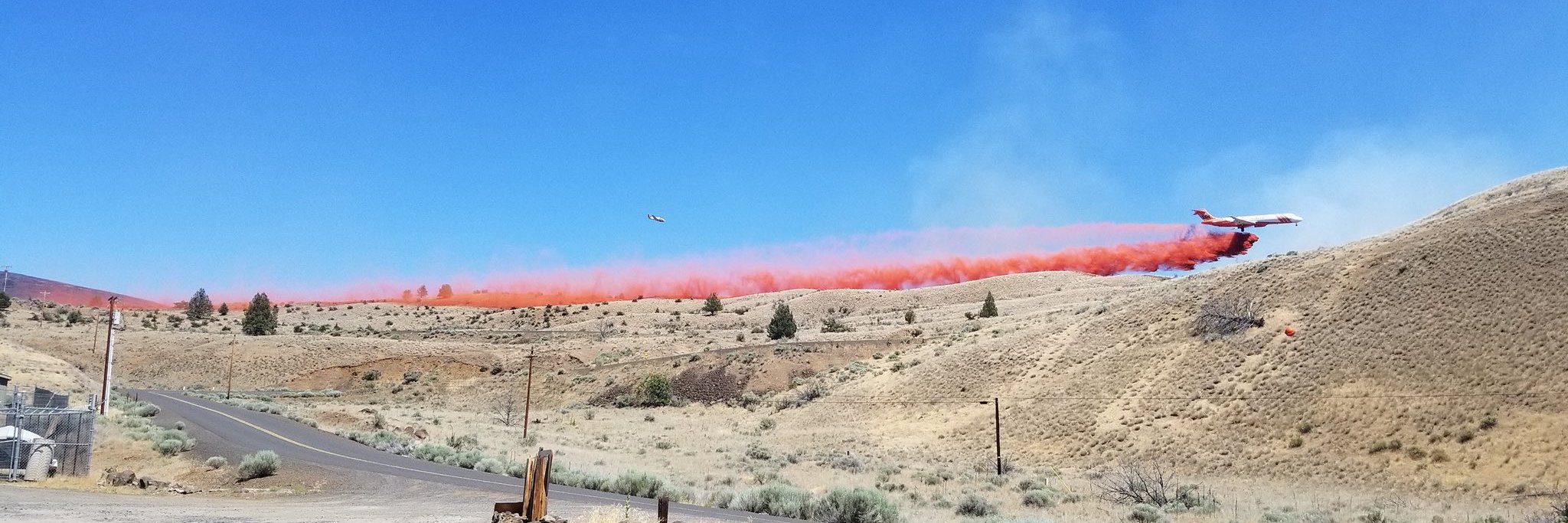Start date: Aug. 16, 2020
Containment: 46%
facebook.com/LionsheadFire
Fire size: 204,427 acres
Public information: 971-277-5075
https://inciweb.nwcg.gov/incident/7049/
Interior burning to the northeast will continue to generate smoke for the next few days, but that burning is far less intense than the extreme fire behavior seen in early September. “It’s staying on the ground, with the occasional tree torching, more or less like the activity you would see in prescribed burning activity,” Fire Behavior Analyst Dean Warner said, “But it will produce smoke, enough to drift off and obscure the sun in the late evening hours.”
Crews have completed rehabilitation work in the Stahlman Cabins and Sportsman Club area, and also winterization and repairs to the Olallie Lake recreational cabins. Work at the Sisi Butte Lookout is nearly finished. Work clearing hazard trees from the Hwy. 46 right of way has progressed from Detroit almost to Breitenbush and chipping the cleared material has begun. Other Forest Service Roads, like 2231, are still being cleared and assessed.
After a fire has moved through an area, roads used during suppression and repair are assessed in a variety of ways. The edges of roadbeds may have been damaged by engines and heavy equipment parking on the side of the road, which can continue to erode if not repaired. Plastic culverts exposed to fire can melt or be crushed by heavy traffic, further destabilizing the roadbed. Burned slopes above a road are unstable, too, meaning rocks and logs could come tumbling down at any time.
Even after a season-ending event – enough precipitation to wet exposed fuels so thoroughly they are unlikely to burn — fire can remain underground for weeks and even months. Much like banking a fire in a fireplace or woodstove, hot coals can continue smoldering deep within the stumps and root systems without emitting smoke for long periods of time.
“There’s so much heat from [burning] stump holes deep in the ground, smoldering, it’s not unheard of for small fires to appear in late spring or summer from overwintering,” Fire Behavior Analyst Dean Warner said.
In addition to providing water support to the smokes around Mt. Bruno, aviation was able to coordinate infrastructure assessment flights for Consumer Power and Pacific Gas and Electric; a reconnaissance flight for Forest Service Burned Area Emergency Response personnel; and aviation response by Beachie Creek Fire resources dropping water on the spot fire in the 2011 Motherlode Fire burn scar. Late in the day, water was also dropped on some actively burning islands in the northeastern corner of the fire.
Closures and evacuations: Forest area closures remain in place and may for some time. They are enacted to protect the public and firefighters and consider factors such as ingress and egress in the event that the fire does escape its boundaries, and where the nearest contingency lines can be established. Closure orders and maps can be found individual agencies’ websites and at https://inciweb.nwcg.gov/incident/7049/




